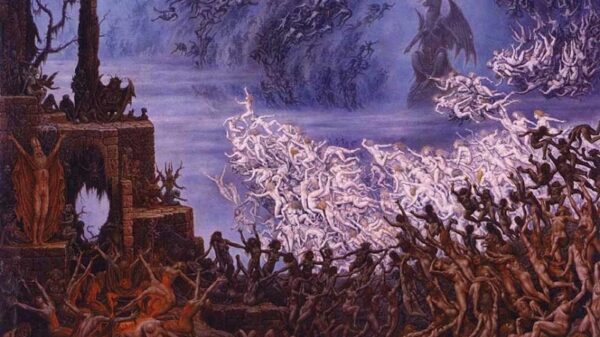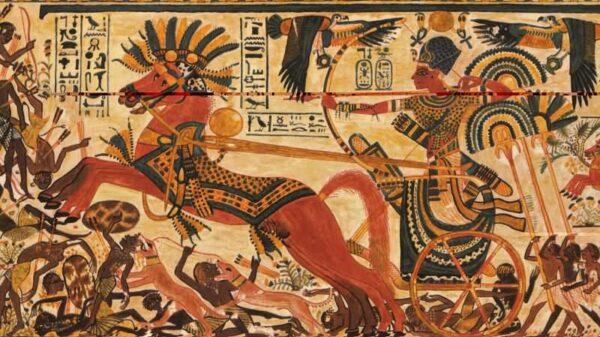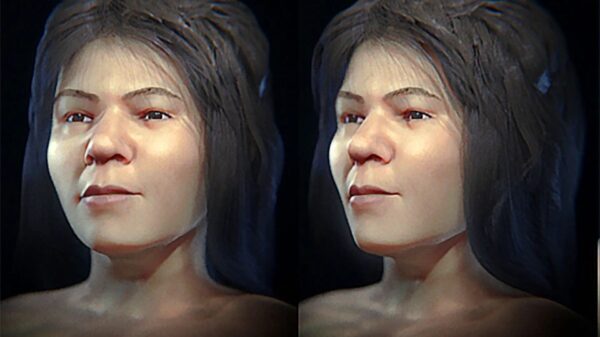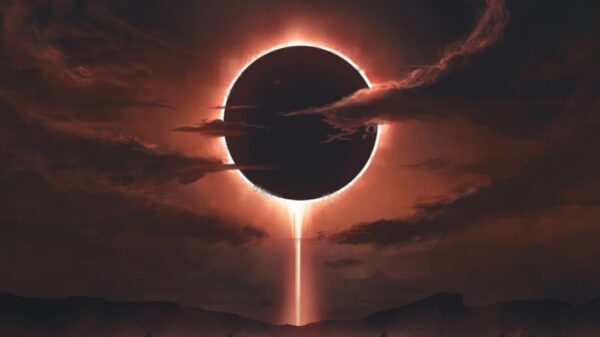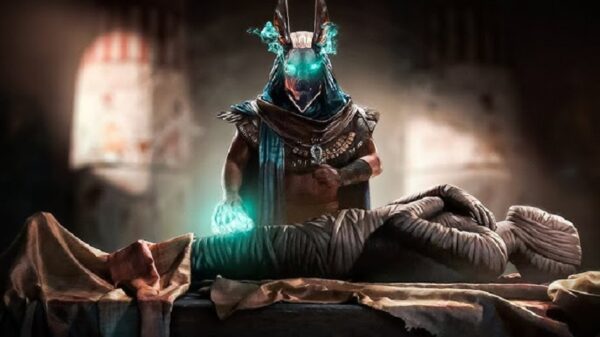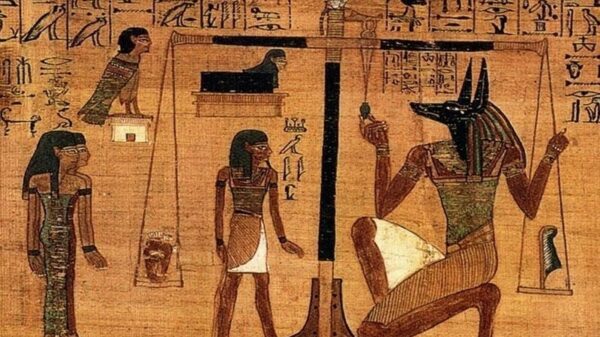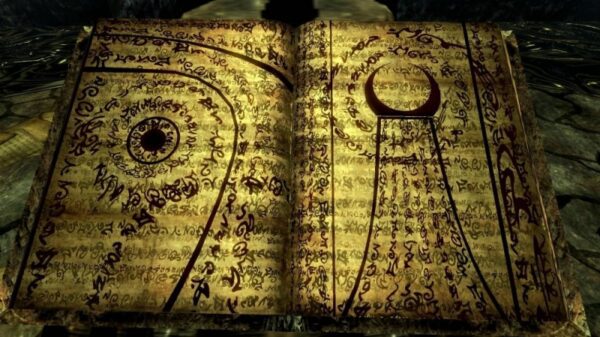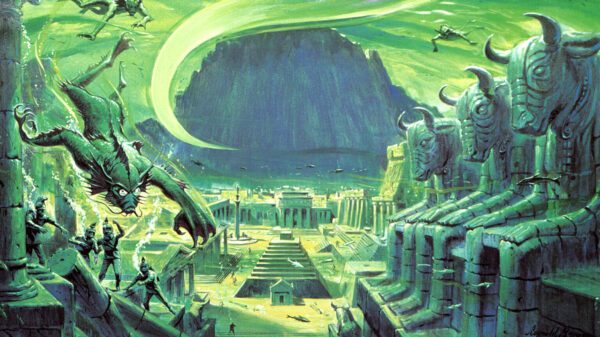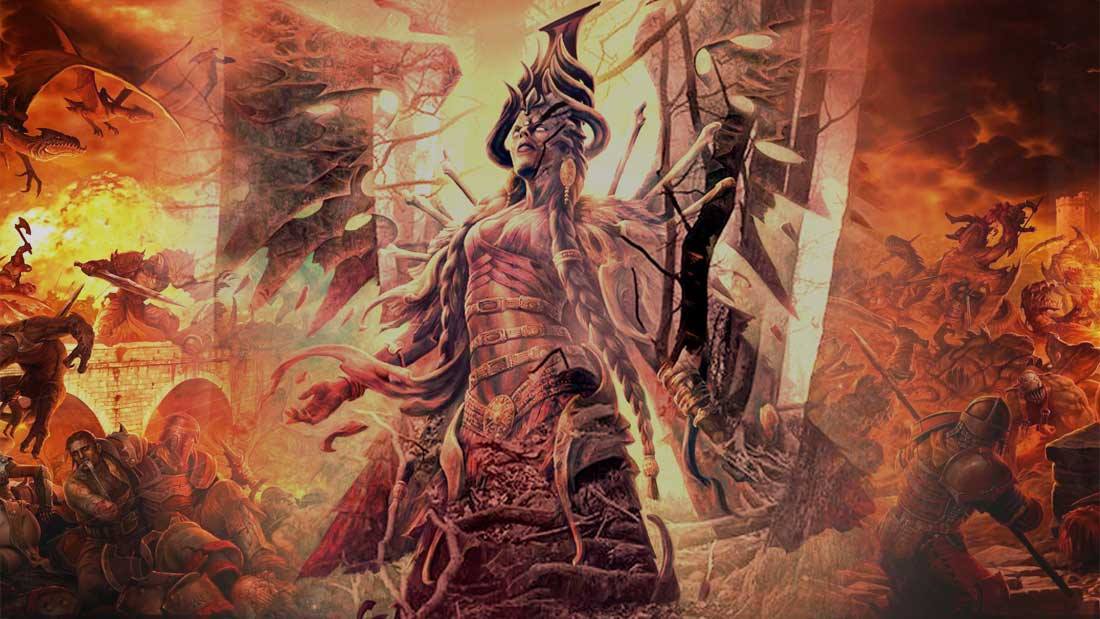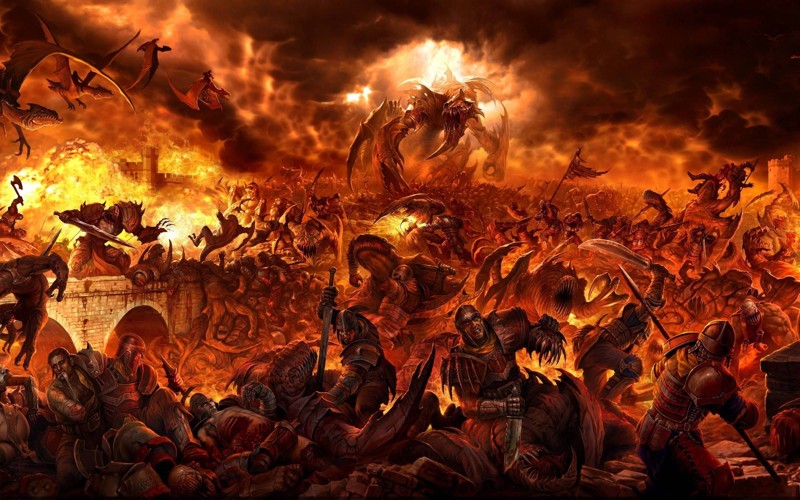The goddess Inanna is one of the deities more important of Sumerian mythology and it has a very interesting story about its descent to the underworld and how he challenged his sister Ereshkigal.
Written in the old Mesopotamia In cuneiform on clay tablets, this poem tells the story of Inanna and how she decided to go down into the depths of the world to meet her sister Ereshkigal.
A poem that is full of many metaphors that remain interpretation who reads it, so it has been the subject of quite interesting studies and theories.
Who is the goddess Inanna?
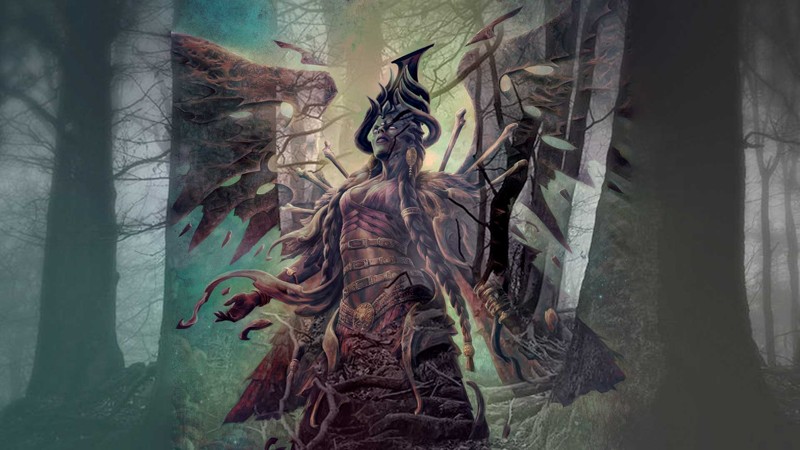
Also called as Ishtar In the Akkadian pantheon, Inanna is known as one of the most important goddesses of Mesopotamia, being known as the goddess of sexual love.
However, it is also closely related to battles, which is why in some ancient texts it is also called the goddess of war.
Its history is one of the strangest of the Mesopotamian pantheon, since there are certain characteristics that, on occasions, seem to contradict other; some texts describe her as a woman who is under the men’s mandate, but in other texts it is a young woman who wishes a place within the Mesopotamian authorities and who fights, not only for their recognition, but for expand your own wisdom around the world.
In fact, it is thanks to this last characteristic that the most interesting poems are born in his name, like the one we are going to touch on below.
The two versions of the poem
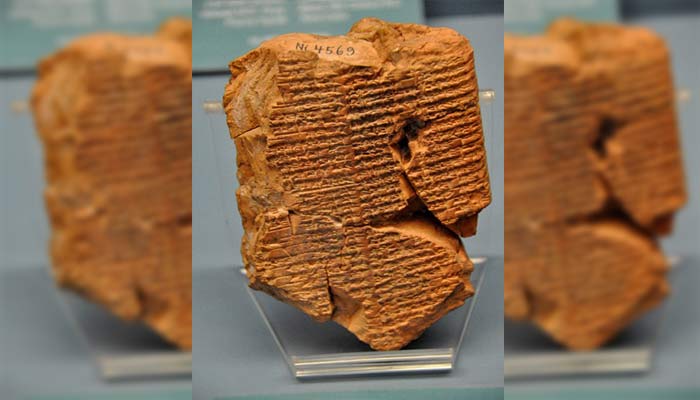
Not exactly know when was it written the poem, but experts date it in a period between the year 3500 a. C. and 1900 B.C.Although some experts disagree with that scoop and suggest that it takes much longer.
The tablets contain a total of 415 verses, something a little strange, because its Babylonian version, the Descent of Ishtar have 300 verses less.
Some historians believe that this difference is due to the influence of patriarchy in Babylonian culture, who decided to “minimize” his exploits and his power in society during the II millennium BC. C., although there is no support for such a claim.
The story of the descent into the underworld
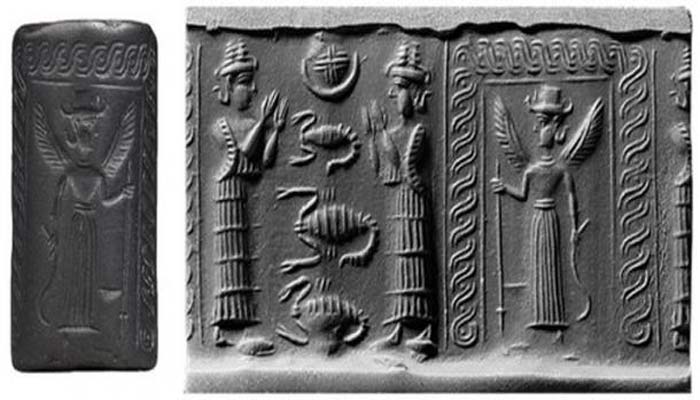
«From the great heaven, she set her eyes on the great hell. From the great heaven the goddess set her eyes on the great hell. From the great heaven Inanna set her eyes on the great hell. My lady left heaven, left earth, and descended to the underworld.
Thus begins Inanna’s poem, one of the reasons for her interest in the underworld, is that she hoped to bring his influence to limits that had never been touched before, as was his own hell. Place that was dominated by his own sister, Ereshkigal.
When Inanna reached the entrance to the underworld, she explained to Neti, the guardian, who had come to attend the funeral rites of Gugalanna, the husband of Ereshkigal recently deceased, also known as the “Celestial Bull”.
By notifying the queen of the underworld about her sister’s visit, this got mad to the point of ordering the total closure of his kingdom and secure each of the seven doors to prevent him from entering.
In this way, the only way Inanna had to access the underworld it was to go through each door, getting rid of one of the majestic pieces of her dress in each one of them.
Inanna managed to go through each of the doors until catch up to his sister, but by this point, she was already completely stripped of clothing and showing up helpless.
Ereshkigal, being superior, the “Turned” into a corpse and the “hung on a hook». However, before passing through the gates of the underworld, Inanna had devised a plan alongside Ninshubur, his assistant.
In case he did not return at the agreed time, Ninshubur had to go to the rooms of Enki, father of Inanna e Erishkigal, and request their help.
Enki revived her, however, he would not be able to leave the underworld so easily; To get it, he had to find someone who take his place in the underworld.
Enki’s servants immediately searched among Inanna’s faithful believers, but she herself stopped them as they were mourning believing that he had died.
When she was about to lose hope, Inanna meets Dumuzi, her husband. This was occupying his throne, dressed in ostentatious clothing. An attitude not in accordance with his recent loss.
He immediately understood what was happening and, in retaliation, he took him as his substitute.
Although Utu, the Sun God, turns Dumuzi into a snake to help him escape, he is captured and sent to hell, but Geshtinanna appears, volunteering to take her brother’s place.
In this way it is decided that each one will spend half the year in the underworld. A story that, in much the same way as the Greek legend of Persephone Y Demeter, would explain the seasons of the year.
A rather peculiar story that could place us in an era where female deities were able to do feats as spectacular as male ones, but that over the years, these could be minimized.







